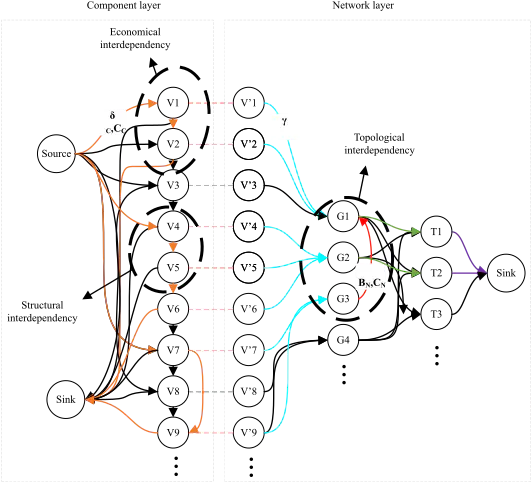Optimizing Multicomponent Intervention Programs Considering Costs, Interdependencies, Possession Windows, and Service Loss Risks
 Example of the graph representation of the conceptual decision network.
Example of the graph representation of the conceptual decision network.
Zusammenfassung
Presently, upon identifying the necessary railway interventions for a given timeframe in the future, e.g., five years, railway managers frequently undertake an iterative process to sequence the required interventions. These iterations often happen from ten to two years ahead of execution. This sequencing requires extensive knowledge regarding the interventions, their costs, service impacts, their geolocation, construction procedures, availability of time and budget, and possibility of delaying interventions without significantly increasing the risk of failures. This paper proposes an algorithm aimed at improving efficiency and effectiveness of determining multicomponent railway intervention programs that results in the lowest service impacts. It considers the required possession windows, costs, and service impacts as well as interdependencies between interventions, service loss risks, and resources. A mixed integer linear programming model is developed to determine optimal intervention programs by maximizing the net benefit. The algorithm is demonstrated on a 25-km railway network in Switzerland. The results show up to 58% improvement in the net benefit of executing multicomponent intervention programs.
Practical Applications
The methodology presented in this paper enables infrastructure managers, such as network and production planners, involved in the later phases of the intervention planning process, to leverage digitalization for generating a consistent and complete overview of optimal multicomponent intervention programs. This is achieved by taking into account multiple features, such as the location of components on the infrastructure network, interdependencies between interventions, possible possession windows to execute interventions, the impact on service, failure risks, and budget. This facilitates informed decision-making and effective communication between managers. To show the usefulness of the methodology presented in the paper, two scenarios are considered: one that accounts for interdependencies between multicomponent interventions and another that does not. Currently, infrastructure managers often consider the interdependencies between interventions for the determination of intervention program, but they might neglect doing so when they deal with a complex railway network. Therefore, ignoring all interdependencies represents an extreme case where such considerations are absent. The results show that considering interdependencies improves the net benefit of executing multicomponent interventions by approximately 58%, i.e., 15 million monetary unit in the period between t=6 to t=10.